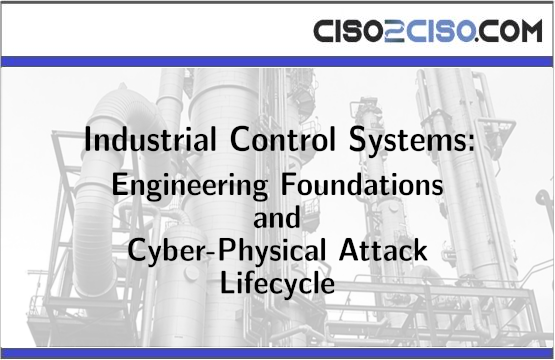Advances in computing and networking have added new capabilities to physical systems that could not be feasibly added before. This has led to the emergence of engineered systems called cyber-physical systems (CPS): systems where the events in the physical world are managed with the help of modern advances in computation and control. Complex machines such as aircraft or robots, building automation systems, smart cities and smart grids, railways and agricultural systems, medical devices and industrial infrastructures, in general, are examples of cyber-physical systems. Some of these industrial processes are categorized as critical infrastructures (CI) because societal well-being depends on their reliability (e.g., water and power utilities). On the other side of the spectrum of the CPS definition are smaller appliances and gadgets such as consumer electronics and wearables widely known as the Internet of Things (IoT) devices. Instead of being an inseverable part of a larger cyber-physical ecosystem, they are stand-alone devices that are programmed for certain clearly defined applications and rely on Internet connectivity for continuous transmission of data for analysis and feedback. In the white paper, we consider larger cyber-physical systems such as industrial infrastructures due to their higher complexity.
Cyber-physical systems, as a new type/kind of systems, were mapped as a novel research area in a series of National Science Foundation (USA) workshops starting in 2006. This is also when the term cyber-physical systems first emerged. In cyber-physical systems, physical processes affect computations and vice versa, with computations and physical processes being so tightly integrated that it is not possible to identify whether behavioral attributes are the result of computations, physical laws, or both working together. In the words of Edward A. Lee, one of the pioneers of the cyber-physical systems discipline [134]:
As an intellectual challenge, CPS is about the intersection, not the union, of the physical and the cyber. It combines engineering models and methods from mechanical, environmental, civil, electrical, biomedical, chemical, aeronautical and industrial engineering with the models and methods of computer science.
Views: 2




















































